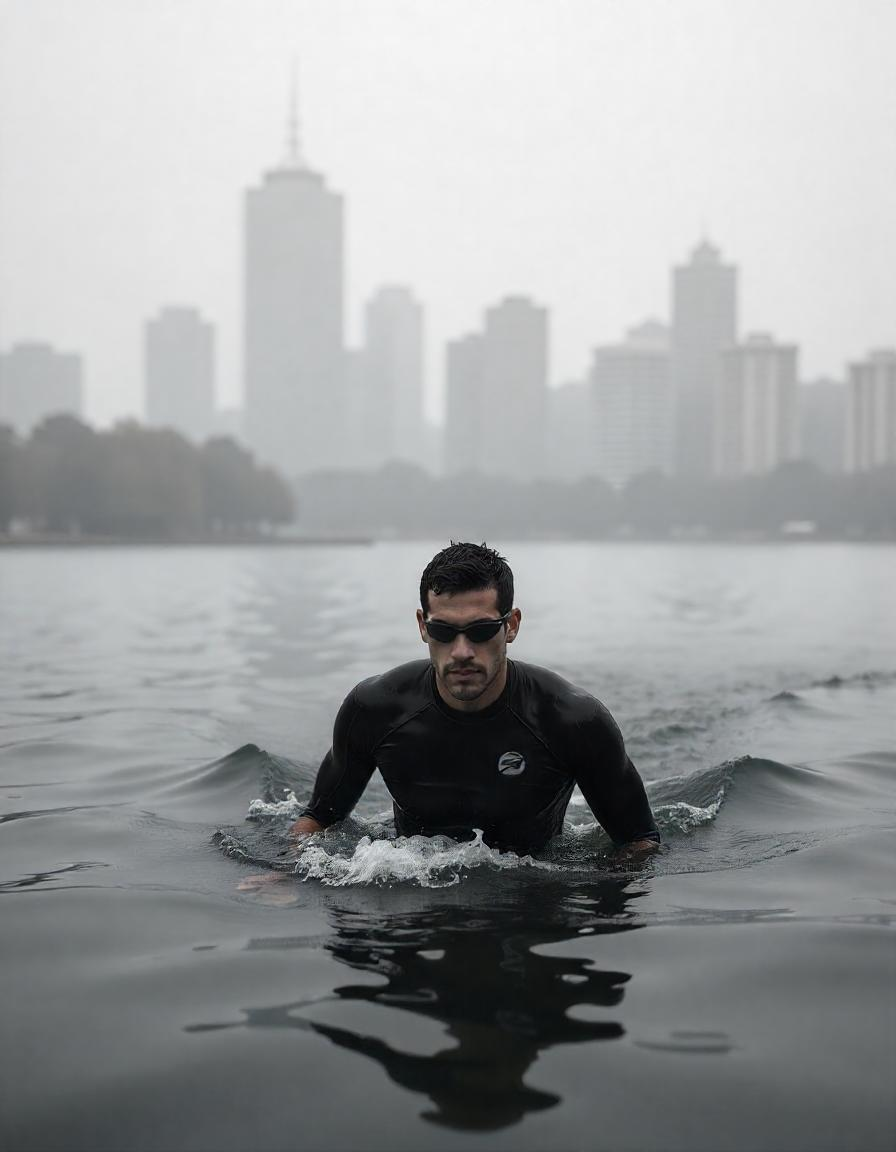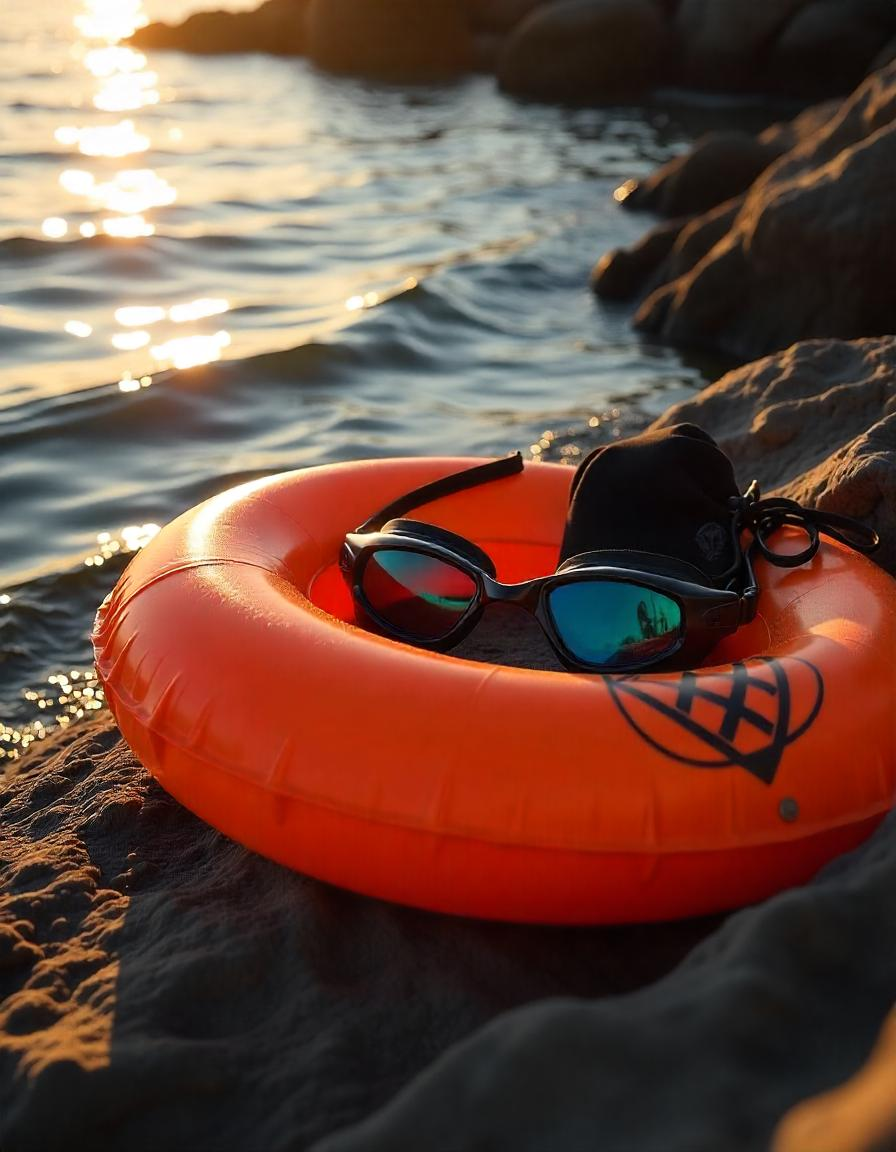Wild swimming offers an exhilarating connection to nature, but swimming in open water comes with its own set of risks. Whether you’re diving into a tranquil lake, exploring a river, or venturing into the sea, it’s essential to prioritize safety. By preparing properly and following key guidelines, you can enjoy the refreshing experience of wild swimming while minimizing potential dangers.
1. Know Your Environment
Before heading into any open water, take time to understand the area. Research the water’s temperature, currents, and any potential hazards such as rocks, debris, or submerged obstacles. Knowing the layout of the land and water will help you stay aware of your surroundings and avoid unexpected dangers.
2. Check the Weather and Water Conditions
Always check the weather forecast and water conditions before swimming. Winds, storms, and temperature drops can change quickly and turn a peaceful swim into a dangerous situation. Cold water, for instance, can cause hypothermia if you’re unprepared, and sudden storms can lead to strong currents and unpredictable waves.
3. Swim with a Buddy
Safety is significantly increased when swimming with a friend. The buddy system ensures that help is readily available in case of an emergency. You can keep an eye on each other’s well-being, and if one of you gets into trouble, the other can act quickly to provide assistance or alert authorities.
4. Wear Proper Gear
Appropriate gear is crucial for safety. Depending on the water temperature, a wetsuit can help protect you from cold shock and hypothermia. Swim caps can keep your head warm and visible, especially in busy or murky waters. Don’t forget about gloves and booties for protection against sharp objects and cold water. Always wear bright, visible gear, like a swim buoy, to help make you stand out to boats or other swimmers.
5. Start Slow and Acclimatize
Open water can be much colder than expected, and the shock of cold water can cause rapid breathing or panic. Gradually enter the water and allow your body time to adjust to the temperature. Start by dipping your feet and working your way deeper. This helps avoid hyperventilation and reduces the risk of sudden shock.
6. Understand Water Hazards
Be aware of potential water hazards such as currents, tides, and waves. Rivers, for example, can have powerful currents that can carry swimmers away from their starting point. In the sea, rip tides can pull you into deeper water, making it difficult to return to shore. Always swim in areas known for safe swimming and avoid dangerous currents.
7. Monitor Swim Duration
Cold water can quickly drain your energy, so it’s important not to overexert yourself. Start with shorter swims and gradually increase the duration as your body gets used to the conditions. If you start feeling exhausted, dizzy, or overly cold, exit the water immediately. It’s crucial to listen to your body and not push beyond your limits.
8. Know Your Limits
Wild swimming is an exciting challenge, but it’s important to know your own limits. If you’re new to wild swimming or unfamiliar with a location, it’s best to swim in calm, shallow waters at first. Don’t attempt to swim in difficult conditions or locations beyond your skill level. Take breaks and avoid swimming if you feel unsafe or uncomfortable.
9. Stay Visible and Signal for Help
Visibility is key in open water. Use bright-colored swim gear, like a swim buoy or cap, to ensure you’re easily seen by boats, other swimmers, or lifeguards. If you’re feeling in danger or need help, signal with your arms, splash the water, or wave to get attention.
10. Post-Swim Care
Once you’ve finished your swim, it’s important to take care of your body. Change into dry clothes as soon as possible to prevent getting cold, and warm up with a hot drink. If you’ve been in particularly cold water, consider taking a warm shower or using a changing robe to maintain warmth and comfort.
Conclusion
Wild swimming can be a deeply rewarding experience, offering both physical and mental benefits. However, the open water environment demands respect and preparation. By understanding the water conditions, wearing proper gear, swimming with a buddy, and knowing your limits, you can stay safe while enjoying the freedom of wild swimming. Always prioritize safety and remain aware of potential hazards to make the most of your open-water adventures.





